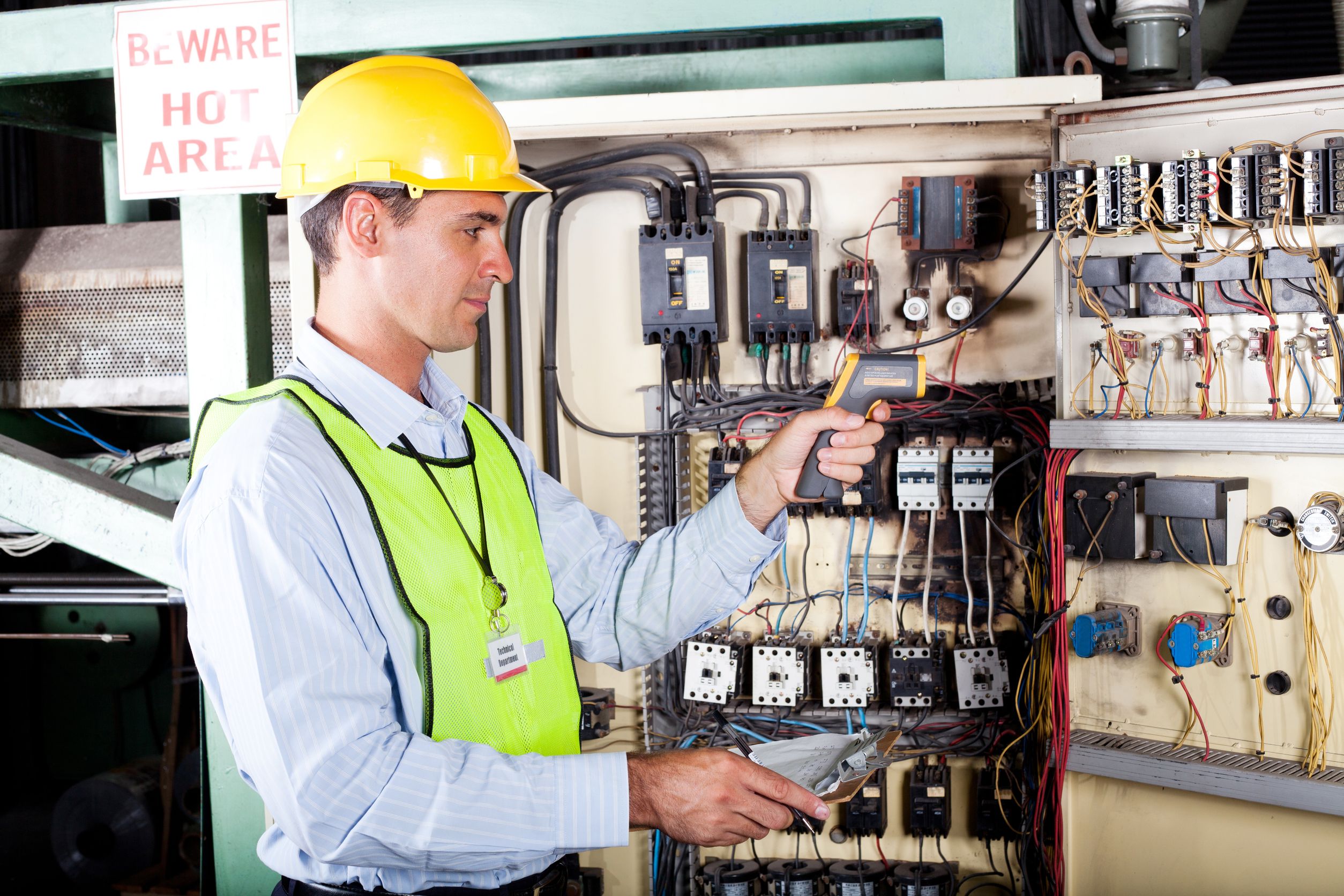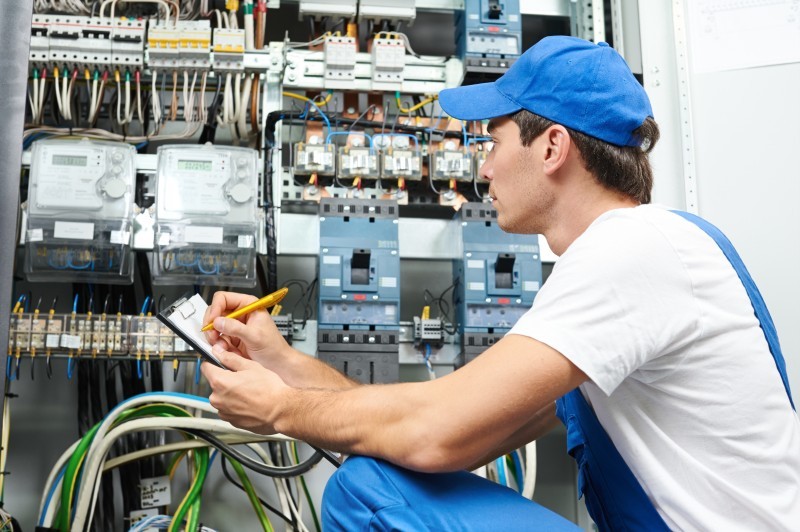In all types of computers, circuits and electronic systems, printed circuit boards are used to hold conductive pathways and to make connections between different electronic components, including passive and active components in the system.
A printed circuit board or PCB can be simple, but they are more likely to be highly complex. As electronic such as cell phones, tablets, and laptops get smaller and electronic components in vehicles, aerospace, and aviation systems and even in military and defense applications get more complex, the need for both advanced PCB design and printed circuit board assembly becomes crucial.
Designers of PCBs create a pattern or a template for how the circuit board is set up. This has to be done to minimize interference between components as well as to function within the specific application and environment. Once this testing has been completed, the next step is to move into printed circuit board assembly.
Options To Consider
The process of printed circuit board assembly is bringing the design from the concept and virtual phase into an actual PCB. This includes choosing the best options for mounting components on the board as well as developing the best process for effective and reliable circuitry throughout the board.
There are many different options to consider, and the choice has a lot to do with the specific use of the PCB. Surface mounting options include the use of wave solder, stencil prints, choices of laminate substrates and even the type of solder and paste that is best for the specific process.
As each of these choices has an impact on short and long-term PCB performance, these details make a difference. Top companies providing PCB assembly also use continuous quality control methods and x-ray inspections to ensure each board is produced to the required standards.



